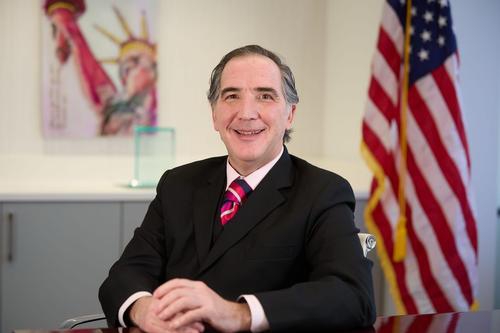When you have financial problems on your mind, you may begin to consider bankruptcy as an option, perhaps the only solution, to your money troubles. In doing your own research into filing for bankruptcy, you may have come across the term “Chapter 20” and wondered what it means. It is actually used to describe a process where someone files Chapter 7 bankruptcy and immediately files Chapter 13 bankruptcy afterward, which may offer more relief than either would individually.
To understand the benefits of filing Chapter 13 and then Chapter 7, it is best to understand what each type entails.
Chapter 13 Bankruptcy
Under a Chapter 13 Bankruptcy filing, you may force a creditor to allow you to fix arrearage on your mortgage or car loans given time, to give you extra time to pay debts that are non-dischargeable, or even strip unsecured second mortgages. Unfortunately, the discharge does not come quickly and your income will be tied up for several years (between three to five). If your debt is too high, you could be over the debt limits and be ineligible.
Chapter 7 Bankruptcy
If you qualify for Chapter 7 and don’t have any non-exempt assets you wish to keep, you can receive a discharge much more quickly. Unsecured debts are discharged without tying up your income for several years and there are no debt limits to qualify. Unlike Chapter 13, however, Chapter 7 does not force creditors to let you cure a mortgage or car loan arrearage over a period of time, grant you extra time for non-dischargable debts, or strip second mortgages that are unsecured.
Why Use Both?
“Chapter 20” occurs when a Chapter 13 is filed immediately after the completion of a Chapter 7 bankruptcy. For some courts, “complete” may mean that the Chapter 7 discharge has been granted, even if the case isn’t closed yet. By filing the two together, there can be no discharge in the Chapter 13 because the waiting period of four years has not been met. However, there are other benefits to filing to two so close together.
If you need the extra time to resolve your arrearages on a mortgage or car loan, for instance, but your total debt was too much to simply file a Chapter 13 bankruptcy, filing under Chapter 7 first can bring that total debt down to an acceptable range for Chapter 13. This will grant you the extra time you need to cure your overdue debt on a mortgage or car loan, or even other debts such as taxes or student loans, since none of these can be discharged under Chapter 7 bankruptcy alone.
Not only can this give you the extra time, it frees up your finances to apply more of your money to an arrearage or another form of debt that cannot be discharged through bankruptcy. A “Chapter 20” can make it easier for you to reduce larger arrearage amounts, tax debts, or student loan debt because you have time and money with all your debts. It can also grant you a shorter Chapter 13 plan period than you might have received otherwise, so your income may be your own again much sooner.
This is not an easy decision, and while there are benefits, it can take a trained professional to guide you through the process and deciding if a “Chapter 20” is the best choice for you and your finances. It is possible that you may need only a Chapter 7 or a Chapter 13 to get back on your feet, and our attorneys can provide you with the facts and realities of the bankruptcy process to allow you to make an informed decision.
Are You Considering Filing For Bankruptcy?
If you feel bankruptcy is the best option for your financial situation you need to speak with an experienced bankruptcy lawyer as soon as possible. Please contact us online or call our Vienna, Virgnia office directly at 703.991.7978 or our Rockville, Maryland office at 301.637.5392 to schedule your case consultation.

